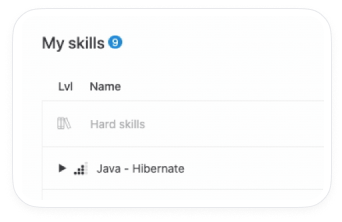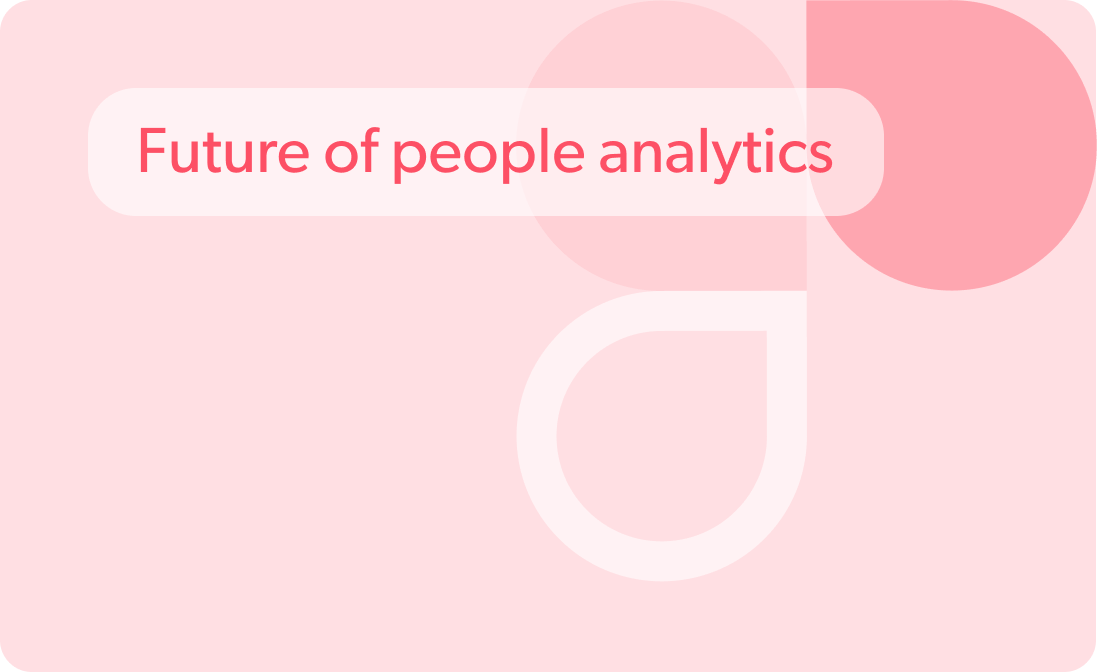HR strategic role: From a purely private/public cloud to a hybrid cloud setup
The hybrid cloud market was valued at $52.16 billion in 2020 and is expected to reach $145 billion by 2026. — Mordor Intelligence
94% of enterprises today operate in de facto hybrid environments with a mix of public cloud, private cloud, traditional IT, and countless SaaS applications. — IBM
80% of organizations with a multi-cloud strategy use hybrid cloud platforms. — Flexera
The rapid evolution of cloud technology has revolutionized how organizations store and manage their data. As cloud adoption continues to soar, businesses increasingly seek hybrid cloud solutions to optimize their IT infrastructure and achieve greater agility and efficiency. Hybrid cloud solutions offer greater flexibility, enhanced security, reduced costs, increased innovation, and improved business agility. However, the move to a hybrid cloud model requires careful planning and execution, and this is where HR plays a pivotal role.
In this blog post, we explore the strategic role that HR can play in helping organizations navigate the transition from purely private/public cloud to hybrid cloud setups. We look at the key challenges in this process and the best practices HR can follow to successfully transition to a hybrid cloud architecture.
Untangling the complexities of implementing a hybrid cloud solution
While a hybrid cloud environment provide many benefits to organizations, there are situations where its implementation may not go as planned, leading to negative outcomes. This was the case for Capital One, a financial institution that experienced a major data breach in 2019 after moving some of its data to the cloud.
The incident was a disaster for Capital One, leading to a significant loss of customer trust, legal action, and damage to the company’s reputation. While the hybrid cloud architecture was not necessarily the problem, the way it was implemented and secured contributed to the data breach.
Several potential issues can arise when setting up a hybrid cloud in an organization, and HR can play a critical role in avoiding or mitigating these issues. Here are some common problems and steps HR can take to prevent or address them:
Lack of communication
One of the most common issues when implementing a hybrid cloud is a lack of communication between different teams and stakeholders involved in the project. HR must ensure that all parties involved clearly understand their roles and responsibilities and facilitate regular communication to ensure everyone is on the same page.
Resistance to change
The digital transformation process is often a challenging experience for employees, as they may feel pressured to meet new targets and expectations while adapting to new technologies. High stress levels can exacerbate these challenges, leading to increased employee turnover and ultimately causing digital transformation projects to fail.
McKinsey senior partner Harry Robinson found that as much as 70% of digital transformation projects fail due to employee resistance. Therefore, it is important to note that employees may resist the changes a hybrid cloud solution brings. HR can work with IT to develop a change management plan that includes employee training and communication to help employees understand the benefits of new technology and adapt to changes.
Data security and compliance risks
Moving data and applications to a hybrid cloud environment can introduce new security and compliance risks. Data from the Cost of a Data Breach 2022 report by IBM and the Ponemon Institute shows that the average cost of a data breach in a hybrid cloud environment was $3.61 million in 2021.
Technical issues
Technical errors can significantly impact an organization’s transition to a hybrid cloud setup, causing delays and downtime and potentially resulting in data loss or breaches. Technical errors can also lead to decreased employee productivity, increased frustration, and a loss of confidence in new technology, impeding the transition.
Skills gaps
When an organization transitions to a hybrid cloud setup, employees must have the necessary technical skills to manage and operate in the new environment. However, there can be a technical skills gap within the organization, where existing employees may not have the required skills and knowledge for the new technology. This can lead to technical errors, inefficiencies, and increased costs.
By addressing these key challenges head-on, HR can help to ensure that the organization is well-positioned to leverage the benefits of a hybrid cloud environment through greater flexibility, enhanced security, reduced costs, increased innovation, and improved business agility. Ultimately, the success of the transition to a hybrid cloud depends on a collaborative effort between IT and HR teams as well as a willingness to embrace change and adapt to the rapidly evolving cloud computing landscape.
Best practices for HR leaders to successfully navigate the transition to a hybrid cloud
HR’s role in setting up a hybrid cloud in an organization may not be immediately apparent, as this type of initiative is typically led by the IT department. However, HR can play a critical role in ensuring the project’s success by focusing on the following areas:
Talent acquisition
HR can maximize successful talent acquisition while helping the organization’s transition to a hybrid cloud setup by identifying the skills and knowledge required for these new technical positions. HR can also analyze skills gaps to identify existing employees’ training or development needs and ensure employees have the necessary skills for the new hybrid cloud environment. These can include technical skills related to cloud technology and soft skills such as adaptability and collaboration.
HR can collaborate with the IT department and other stakeholders to develop job descriptions and qualifications for the new job roles and identify qualified candidates through a targeted recruitment strategy. HR can then support new employees by providing onboarding and training to ensure they have the necessary skills and knowledge to succeed. By prioritizing talent acquisition during the transition to a hybrid cloud setup, HR can help the organization build a strong, capable team to support new technology and drive business success.
Looking for a future-focused talent acquisition approach?
Our smartHire feature uses advanced data analytics and industry insights to identify skills that will be in high demand in the future so you don’t just fill positions but rather build a team that’s ready for whatever the future brings.
Change management
HR can establish change management through clear communication while helping the organization transition to a hybrid cloud setup by creating a comprehensive communication plan that outlines changes and their impact on employees. This plan should include the timing of changes, how they will be communicated, and who will be responsible for each aspect of the communication plan. It’s essential to involve employees by soliciting feedback, answering questions, and providing training and support to help them adapt to the changes.
HR should also monitor the adoption of new technology and adjust the communication plan as needed to ensure a smooth transition. By establishing effective change management through clear communication, HR can minimize resistance and ensure the success of the hybrid cloud transition.
Performance management
HR can work with IT to establish performance metrics for the new hybrid cloud environment. These metrics could include uptime, response time, and user satisfaction. HR can also help establish incentives and recognition programs to motivate employees to achieve these metrics. HR can train employees on effectively using new technology to ensure the organization gets the most out of its investment in the hybrid cloud setup. By establishing clear performance metrics and incentives, HR can help the organization ensure that the hybrid cloud setup meets business goals and delivers value.
Compliance and security
HR can be critical in ensuring compliance and security while helping organizations transition to a hybrid cloud setup. The HR department can collaborate with the IT department to ensure the hybrid cloud solution meets compliance requirements, such as data privacy laws. HR specialists can also help establish policies and procedures related to security, such as access controls and data protection measures, and can educate employees on security best practices and ensure they follow established policies and procedures.
By developing and implementing best practices for talent acquisition, change management, performance management, compliance, and security, HR can help ensure a smooth transition to a hybrid cloud environment. Moreover, people analytics solutions can provide valuable insights and support HR’s decision-making processes. As companies continue to move towards hybrid cloud setups, it’s important for HR to proactively plan and manage the workforce to ensure the success of the initiative. Contact us for expert guidance and support with adopting workforce planning solutions for a hybrid cloud environment.
Stay up to date with our newsletter
Every month, we’ll send you a curated newsletter with our updates and the latest industry news.



























 info@hrforecast.de
info@hrforecast.de
 +49 89 215384810
+49 89 215384810






 rawpixel
rawpixel